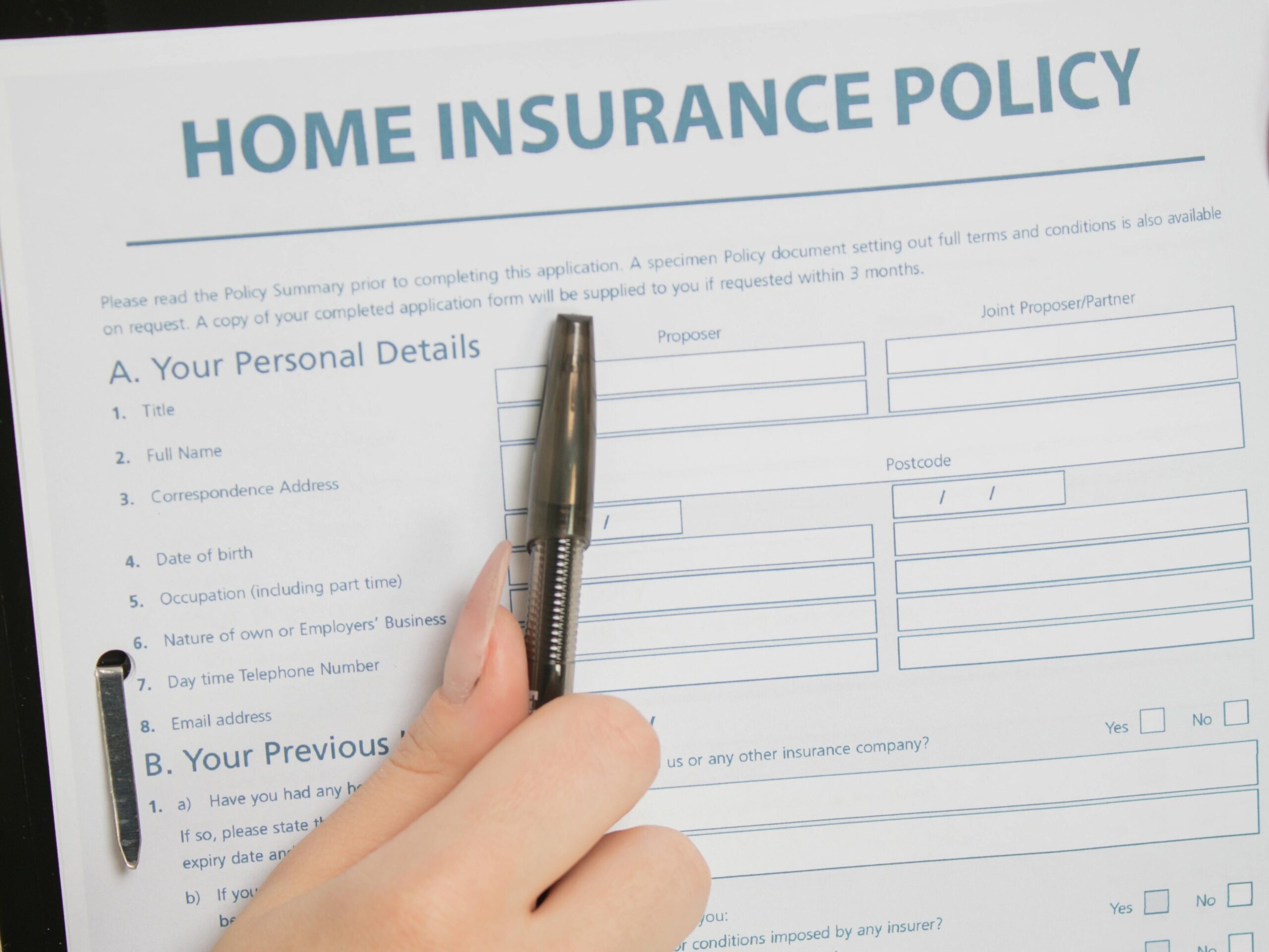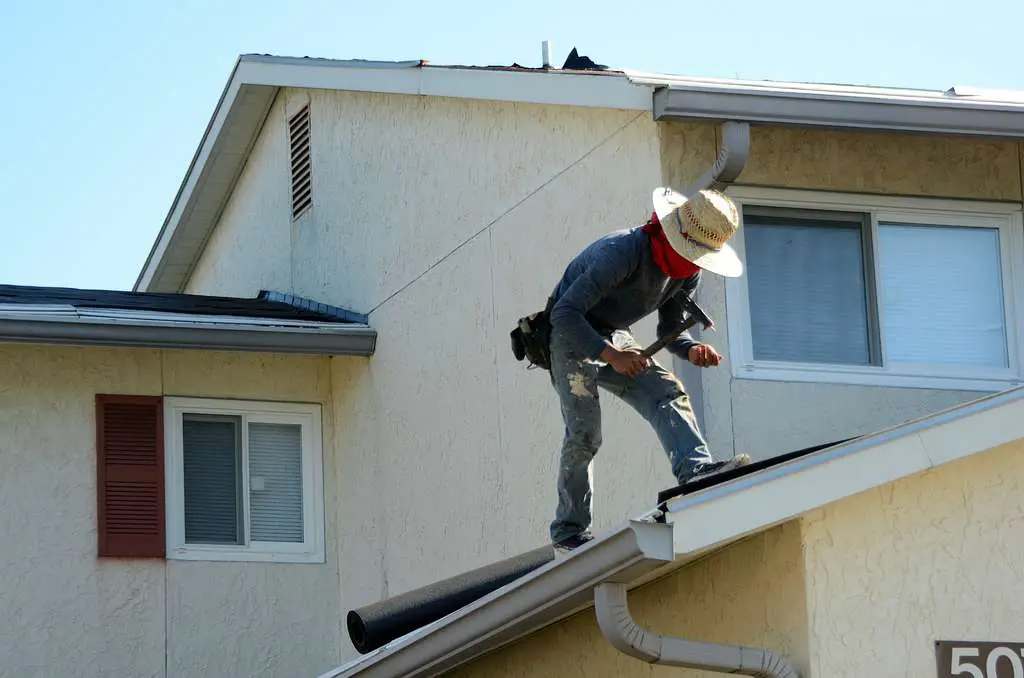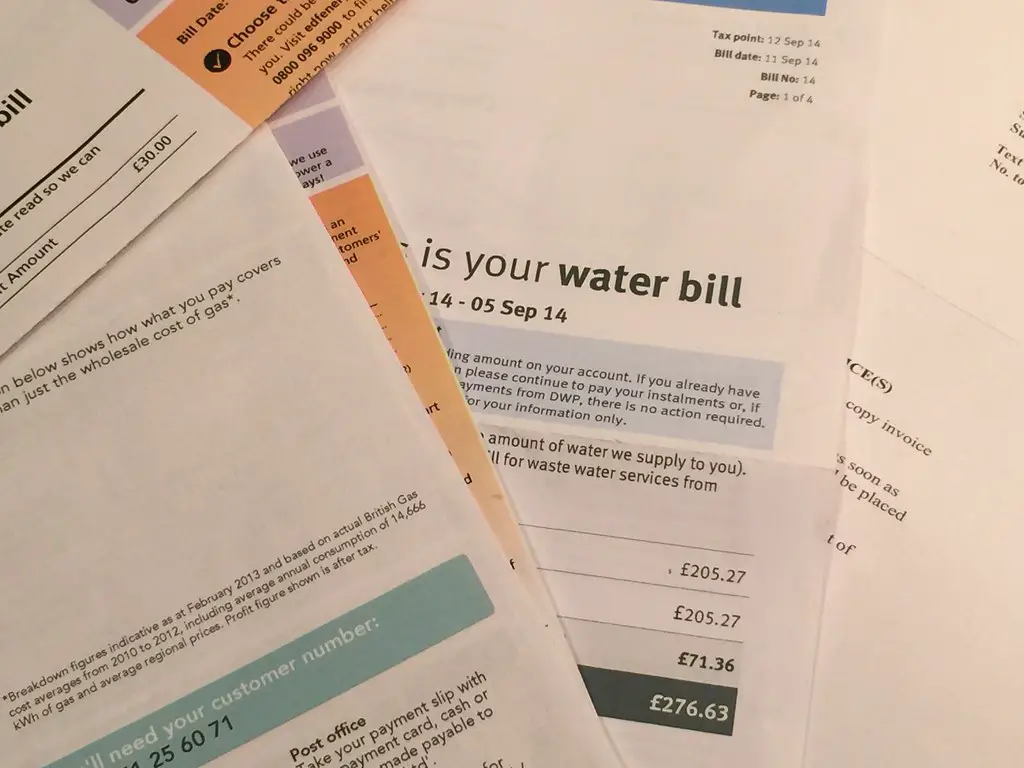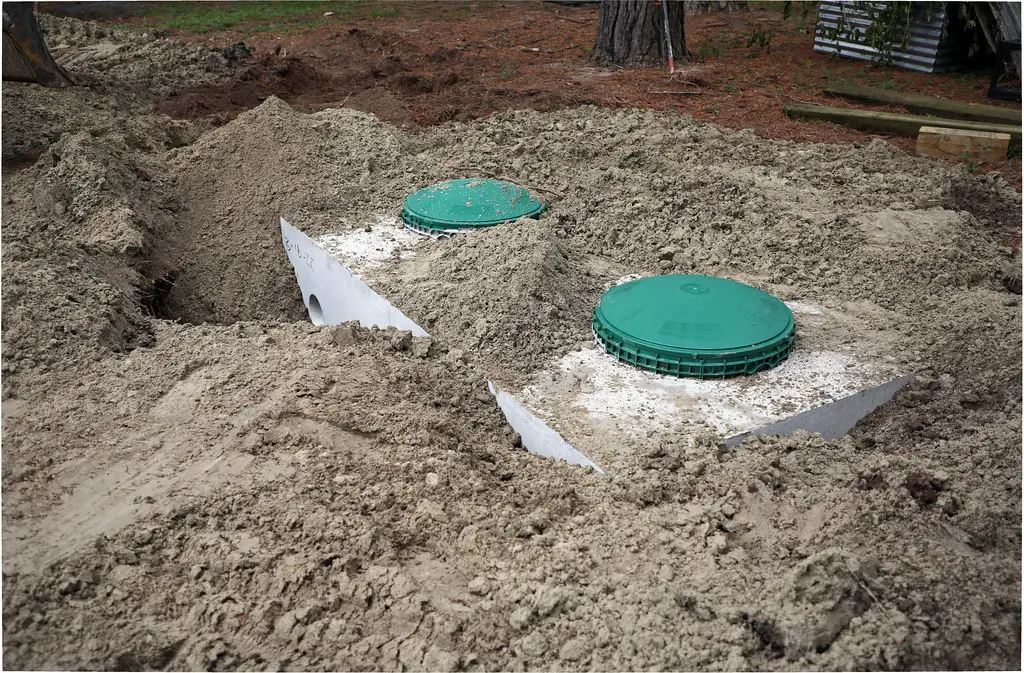Owning a home is a significant milestone, but many first-time buyers underestimate the true costs involved. Beyond the down payment and mortgage, hidden expenses can quickly add up, putting a strain on your budget. From maintenance surprises to unavoidable fees, these costs can drain your savings if you’re not prepared. Here are some hidden costs of homeownership that every buyer should consider.
1. Property Taxes

Property taxes are an unavoidable cost that varies based on location and home value. Local governments reassess property values periodically, which can lead to unexpected tax increases. Many homeowners pay these taxes through an escrow account, but the rates can rise over time. If you’re not budgeting for potential hikes, you may find yourself facing a financial shortfall.
In some areas, property taxes can be reassessed after renovations or major improvements. This means that adding a deck, finishing a basement, or remodeling your kitchen could increase your tax bill. Tax exemptions exist in some places, but they are limited and may not apply to your situation. Always research your local property tax policies before making any upgrades.
2. Homeowners Insurance

While homeowners insurance is a requirement for most mortgages, the cost can vary significantly. Factors such as location, home size, and even crime rates can impact your insurance premiums. If you live in an area prone to natural disasters like hurricanes, earthquakes, or wildfires, expect to pay even more. Many policies also require additional coverage for floods or other hazards not included in standard plans.
Insurance premiums can increase over time, often without much warning. Filing a claim may also lead to higher rates, making it essential to weigh the cost-benefit of minor repairs. Shopping around for insurance providers annually can help keep costs manageable. However, switching policies frequently can sometimes lead to gaps in coverage, leaving you vulnerable.
3. Private Mortgage Insurance (PMI)

If you purchase a home with a down payment of less than 20%, your lender will likely require private mortgage insurance (PMI). This extra monthly expense protects the lender in case you default on your loan. The cost varies based on loan size, credit score, and lender policies but can add hundreds of dollars to your mortgage payment. Many homeowners are surprised at how much PMI affects their overall housing budget.
Fortunately, PMI isn’t permanent, and you can remove it once you reach 20% equity in your home. Some lenders allow for early removal, but it often requires a formal request and an independent appraisal. If you don’t monitor your home equity, you may end up paying PMI for longer than necessary. Keeping track of your loan balance and home value can help you eliminate this cost as soon as possible.
4. HOA Fees

Homeowners Association (HOA) fees can add a significant cost to homeownership, especially in planned communities or condominiums. These fees cover maintenance of common areas, security, and amenities like pools and gyms. However, HOAs can also impose special assessments, requiring homeowners to pay extra for unexpected repairs or upgrades. If you don’t account for these costs in your budget, they can quickly become overwhelming.
HOA rules and fees can change over time, sometimes increasing without much notice. A poorly managed HOA can also lead to financial mismanagement, leaving homeowners to cover deficits. Before purchasing a home in an HOA community, carefully review the financial health and governance of the association. Understanding the restrictions and costs upfront can save you from future headaches.
5. Routine Maintenance

Owning a home means taking on routine maintenance tasks that renters often avoid. From lawn care to HVAC servicing, these costs can add up over the years. Neglecting small maintenance issues can lead to bigger, more expensive problems later. Regular upkeep ensures that your home remains in good condition and helps maintain its value.
Many homeowners underestimate the cost of annual maintenance, which can range from 1% to 4% of the home’s value. Unexpected repairs, such as replacing a water heater or fixing a leaky roof, can be financially draining. It’s essential to create a home maintenance fund to cover these expenses. Setting aside money each month can help prevent financial stress when repairs arise.
6. Emergency Repairs

Unlike routine maintenance, emergency repairs often happen without warning and can be costly. A burst pipe, broken furnace, or electrical failure can require immediate attention. Without an emergency fund, homeowners may need to rely on credit cards or loans to cover these repairs. Unexpected issues can quickly spiral into financial burdens.
Home warranties can help cover some emergency repairs, but they often come with limitations and exclusions. Many warranties require homeowners to use approved contractors, which can delay necessary fixes. Regular home inspections and preventive maintenance can help reduce the likelihood of major failures. However, even the best planning can’t eliminate all potential emergency expenses.
7. Utilities and Energy Costs

Utility bills are often higher for homeowners than renters due to larger spaces and additional appliances. Heating, cooling, water, and electricity costs can fluctuate seasonally, making budgeting difficult. Older homes with outdated insulation or inefficient appliances can lead to even higher energy bills. Homeowners must consider ways to improve energy efficiency to keep costs manageable.
Investing in energy-efficient upgrades like smart thermostats, LED lighting, and improved insulation can help reduce expenses. Some states offer rebates or tax incentives for energy-efficient home improvements. However, these upgrades require upfront costs that may take years to pay off. Understanding your home’s energy needs before purchasing can help avoid unexpected financial strain.
8. Pest Control

Pest problems can arise in any home, regardless of location. Termites, rodents, and ants can cause significant damage if left unchecked. Professional pest control services can be expensive, and multiple treatments may be necessary. Preventative measures like sealing cracks and proper waste disposal can help reduce infestations.
Some homeowners insurance policies do not cover pest-related damage. This means that structural damage from termites or rodents could result in out-of-pocket costs. Regular inspections can help catch problems early before they become severe. If you live in an area prone to pest issues, professional inspections are a worthwhile investment.
9. Landscaping and Tree Care

A well-maintained yard adds curb appeal but also comes with significant costs. Lawn care, tree trimming, and irrigation system maintenance can be expensive over time. In some neighborhoods, HOA rules may require specific landscaping upkeep, adding to the financial burden. Neglecting yard maintenance can lead to fines or decreased property value.
Trees near your home pose an additional risk, especially during storms. Removing dead or diseased trees can cost thousands of dollars. Regular trimming helps prevent damage but requires hiring professionals for safety. Budgeting for ongoing landscaping costs ensures that your home remains both attractive and safe.
10. Appliance Repairs and Replacements

Home appliances like refrigerators, dishwashers, and washing machines don’t last forever. Replacing a major appliance can cost hundreds or even thousands of dollars. Regular maintenance can extend their lifespan, but breakdowns are inevitable. Many homeowners overlook these costs until an appliance fails unexpectedly.
Home warranty plans cover some repairs, but they often come with deductibles and exclusions. Investing in high-quality appliances can reduce the frequency of replacements. However, even the best appliances require upkeep to function efficiently. Creating a separate budget for appliance repairs can help soften the financial impact.
11. Septic and Sewer Issues

Homes with septic systems require regular maintenance and occasional pumping to function properly. Neglecting septic maintenance can lead to expensive repairs or system failures. Even homes connected to city sewer lines can face unexpected costs if blockages or damage occur. Sewer line repairs often involve digging up yards, leading to additional landscaping expenses.
Homeowners should schedule regular inspections to catch issues before they escalate. Septic system replacements can cost thousands, making preventive maintenance crucial. If your home has older pipes, tree roots and corrosion can cause major problems. Understanding your plumbing system’s condition before buying a home can help prevent surprises.
12. Roof Repairs and Replacement

Roofs don’t last forever, and replacing one is a major expense. Regular inspections and minor repairs can extend a roof’s lifespan. However, leaks, storm damage, or wear and tear will eventually require significant work. Ignoring small roof issues can lead to costly interior damage.
Some insurance policies cover roof repairs, but coverage varies widely. If a roof is deemed too old, insurers may deny claims. Homeowners should budget for eventual replacement, which can cost tens of thousands of dollars. Keeping up with regular maintenance can prevent larger problems.
13. Refinancing and Loan Fees

Refinancing can lower mortgage payments but comes with hidden costs. Closing fees, appraisals, and origination fees can add thousands to the process. If interest rates drop, refinancing might be tempting, but homeowners should calculate break-even points carefully. Failing to account for fees could erase potential savings.
Some lenders charge prepayment penalties for paying off a mortgage early. Always read the fine print before signing refinancing agreements. While refinancing can offer financial relief, it’s not always the best option. Evaluating long-term costs ensures that refinancing truly benefits your financial situation.
